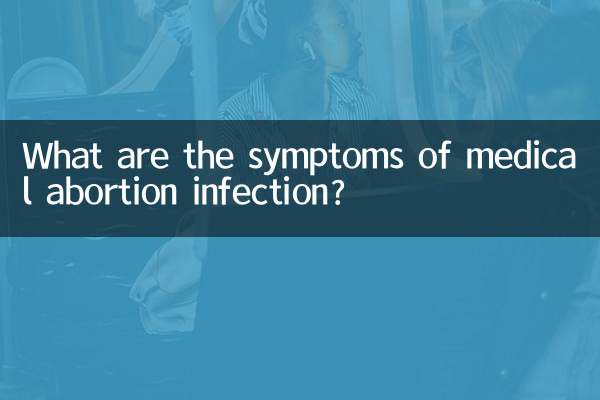Why are girls’ breasts hard? Uncovering the physiological and pathological causes
Recently, discussions about women’s health have continued to heat up on social media, with “breast lumps” becoming one of the hot topics. Many women find that their breasts have become hard during self-examination or physical examination, which inevitably causes anxiety. This article will combine the hot data of the entire network in the past 10 days, analyze the common causes of breast hardening from both physiological and pathological perspectives, and provide structured data reference.
1. Hotspot data on the entire network: ranking of women’s health topics (last 10 days)

| Ranking | Topic keywords | Search volume (10,000) | Main discussion platform |
|---|---|---|---|
| 1 | Breast lump self-examination | 48.6 | Xiaohongshu/Douyin |
| 2 | Breast hyperplasia symptoms | 35.2 | Weibo/Zhihu |
| 3 | Breast changes during menstruation | 28.9 | Station B/Kuaishou |
| 4 | early signs of breast cancer | 22.4 | WeChat public account |
2. Physiological reasons: normal breast hardening
1.menstrual cycle effects: Estrogen levels increase during the luteal phase (7-10 days before menstruation), which may cause breast swelling and pain and hardening, which will resolve on its own after menstruation.
2.Changes during pregnancy: Progesterone stimulates breast development, and the hardness of the breasts will gradually increase. This is a natural phenomenon in preparation for breastfeeding.
3.breast engorgement during lactation: Breasts will become hard when milk accumulates, but will soften after timely breastfeeding or emptying.
3. Pathological causes: Breast lumps that require vigilance
| type | feature | Incidence | Handling suggestions |
|---|---|---|---|
| Breast hyperplasia | A flaky hard lump with ill-defined boundaries that changes with the menstrual cycle | 70% women of childbearing age | Regular review |
| breast fibroadenoma | Smooth and movable round hard lump | More common between 25-30 years old | surgical resection |
| Mastitis | Red, swollen, hot and painful lump, accompanied by fever | Lactation 10% | antibiotic treatment |
| breast cancer | Painless hard lump, orange peel-like skin changes | Rising year by year | seek medical attention immediately |
4. Self-examination methods and medical treatment guidelines
1.Best time to check: 3-5 days after the end of menstruation, when hormones have the least impact.
2.Correct palpation techniques: Use your fingertips (not fingertips) to check the entire breast, including the armpit area, in a circular motion.
3.Danger Signal Recognition: If the lump persists for more than 2 months, progressively enlarges, is accompanied by nipple bleeding or skin depression, you need to see a breast specialist immediately.
5. Recent popular suggestions (from live broadcast by top-level doctors)
• Women over 20 years old should perform monthly breast self-examination
• Annual ultrasound examination is recommended for those under 40 years of age
• Those over 40 years old need to undergo mammography examination
• Avoid overuse of estrogen-containing supplements
Conclusion:Changes in breast hardness may be a normal physiological phenomenon or a disease signal. It is recommended that women establish regular self-examination habits and avoid excessive anxiety. When abnormalities are discovered, seeking professional medical help promptly is the best option.

check the details

check the details